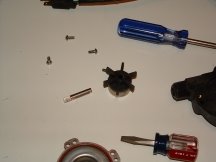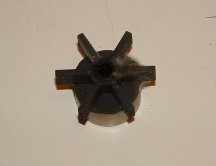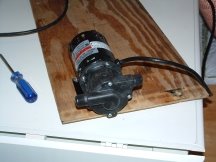What to do when the world has handed you eggs, and you’re running out of space to store them? Make homemade mayonnaise!
More specifically, my wife has decided that she needs to take firmer control of her meals for the week, which necessarily means that the kids and I will also be taken under her wing. While working up lunches, making large batches of egg and tuna salad, she noted that we were running low on mayo… And we’ve got something like ten dozen eggs in the fridge. Well, eggs being one of the main mayonnaise ingredients, we decided that it would be most cost-effective to make our own.
Now, we’ve made mayonnaise before. Back before we moved out to the homestead, in the heady days when Alton Brown had his show on regularly, we tried out his recipe with some success. But that was years ago, and I at first figured I’d try something different. Enter: the venerable Fanny Farmer Cookbook.
I’m not sure what happened. We followed the instructions precisely. Maybe we added the oil too quickly? Maybe there wasn’t enough mustard? Regardless, it never set up. It remained a liquidy, mayonnaise-flavored soup. We tried the “repairs” that they suggested: adding another egg yolk. More oil. More mustard. Nope.
What eventually worked was starting smaller. We poured everything into a different container, and started over with a single egg yolk, a dollop of mustard, and a splash of vinegar. We got that spun up, then really slowly started adding the previous batch in. At first, literally drop. By. Drop. Then, slowly increasing the speed, but never as fast as the first attempt. I knew things were going well when I started seeing blobs of (recognizably) mayonnaise getting flung into and about the sides of the food processor. After a few short moments, it was done.
The taste was, at first, underwhelming… But after a short while in the fridge, it all came together nicely! Unfortunately, my wife was still making things…
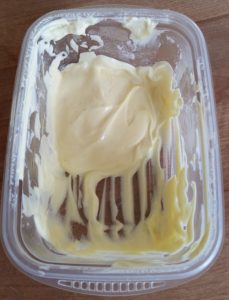
Here’s the recipe I used:
Blender Mayonnaise
1 whole egg (room temperature)
1/4 tsp salt
1/2 tsp dry mustard, or 1 tsp Dijon
1 cup oil (olive, peanut, vegetable, whatever)
1-1/2 Tbsp cider vinegar or lemon juice
1 Tbsp boiling water
additional salt to tastePlace the egg, salt, mustard, and 1/4 cup of the oil in the blender. Turn on the blender, and add the remaining oil slowly, in a thin stream (almost drop-by-drop). Add the vinegar or lemon juice and the water. Taste, add salt if desired, and refrigerate.

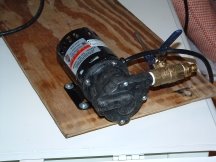
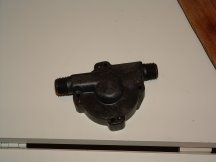 To install the new pump head, first you have to take off the old one. This is accomplished by removing four screws, located on the ‘face’ of the head. (Sorry for the blurry picture; the arrows indicate the individual screws’ locations.)
To install the new pump head, first you have to take off the old one. This is accomplished by removing four screws, located on the ‘face’ of the head. (Sorry for the blurry picture; the arrows indicate the individual screws’ locations.)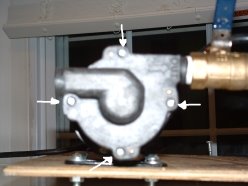 Having pulled the head off, you’re faced with another quartet of screws on the inner workings of the head:
Having pulled the head off, you’re faced with another quartet of screws on the inner workings of the head: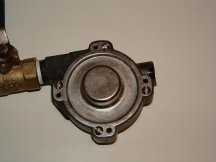 With these removed, you can pull things apart. You’re now faced with the impeller assembly:
With these removed, you can pull things apart. You’re now faced with the impeller assembly: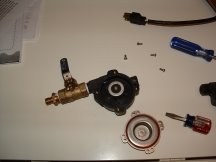 A bit of tugging, and the whole thing will come apart nicely, including the impeller (the spinny bit) and its axle:
A bit of tugging, and the whole thing will come apart nicely, including the impeller (the spinny bit) and its axle: